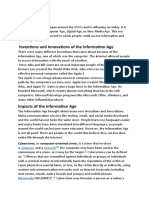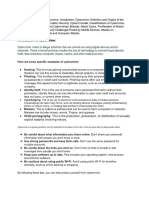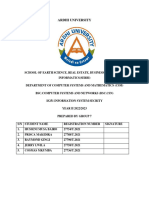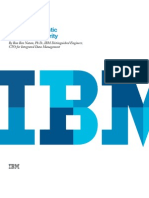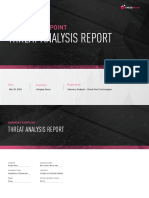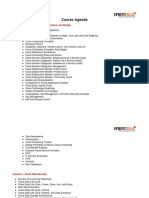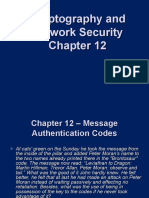0% found this document useful (0 votes)
22 views20 pagesModule1 Cyber
The document explains key terms related to cyberspace and cybercrime, including definitions and examples of cyberspace, cyberpunk, cyberwarfare, cybersquatting, and cyberterrorism. It also covers the evolution of cybercrime, types of attacks in cybersecurity, and classifications of cybercrime against individuals, property, organizations, and society. Understanding these concepts is essential for navigating the digital world safely and effectively.
Uploaded by
abhinavraj16101Copyright
© © All Rights Reserved
We take content rights seriously. If you suspect this is your content, claim it here.
Available Formats
Download as PDF, TXT or read online on Scribd
0% found this document useful (0 votes)
22 views20 pagesModule1 Cyber
The document explains key terms related to cyberspace and cybercrime, including definitions and examples of cyberspace, cyberpunk, cyberwarfare, cybersquatting, and cyberterrorism. It also covers the evolution of cybercrime, types of attacks in cybersecurity, and classifications of cybercrime against individuals, property, organizations, and society. Understanding these concepts is essential for navigating the digital world safely and effectively.
Uploaded by
abhinavraj16101Copyright
© © All Rights Reserved
We take content rights seriously. If you suspect this is your content, claim it here.
Available Formats
Download as PDF, TXT or read online on Scribd
/ 20

























